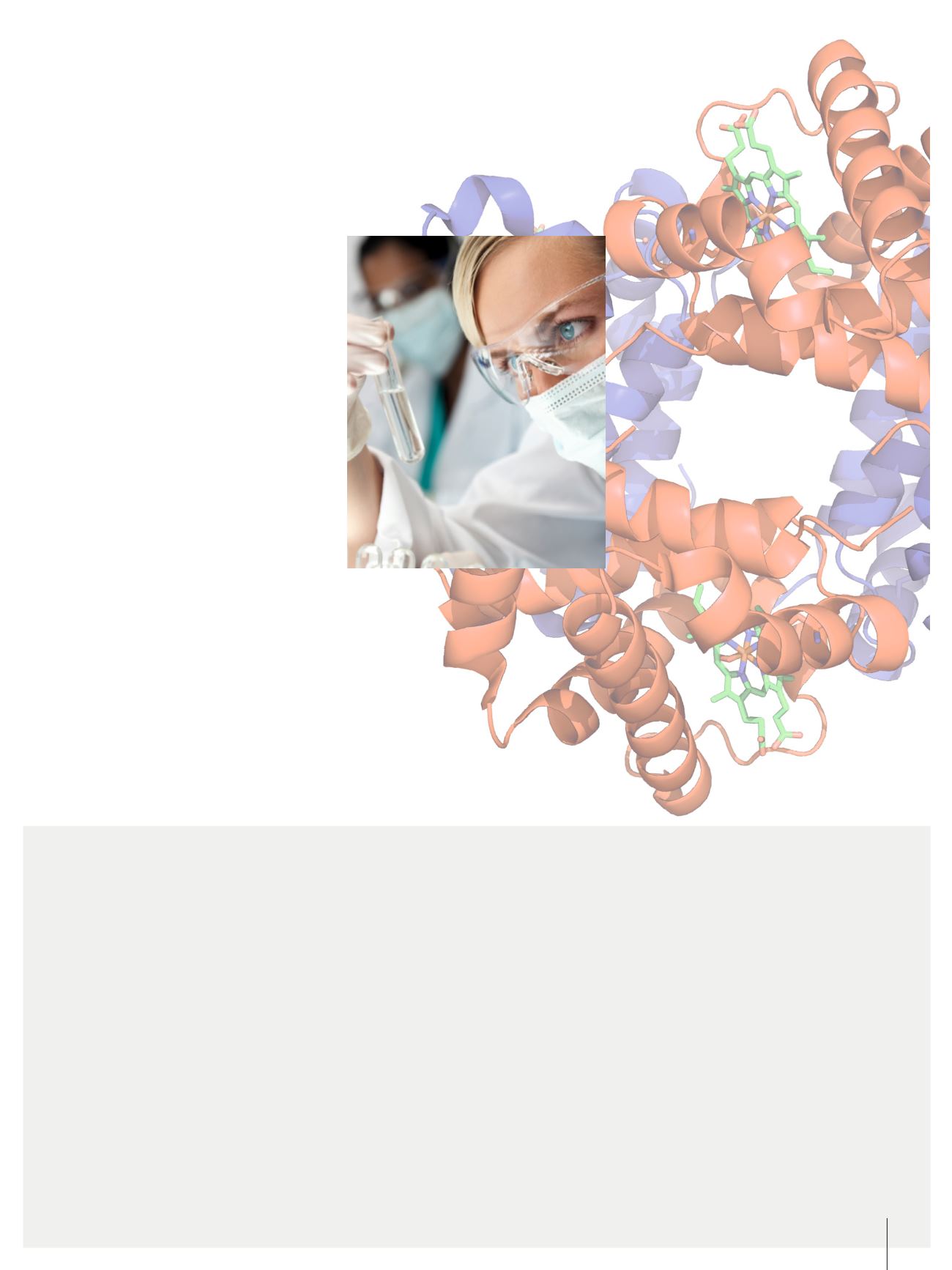

Why measure zeta potential?
The choices of materials used in a formulation
may be restricted by regulations and also
have an impact on cost. Knowledge of the
zeta potential of particles in a formulation
can be used to make logical choices about
the chemistry of a formulation in order
to select the most appropriate materials
to provide stability and improve shelf life.
Zeta potential can also be used to study
the effect of formulation components on
other bulk properties such as viscosity, in
order to achieve lower viscosity at higher
concentrations for example.
Summary of benefits
• Fully disposable cell option to simplify
measurement and ensure accuracy by
eliminating cross-contamination
• Automated measurement procedure – no
operator judgement required – gives repeatable,
accurate results
• M3-PALS ensures an accurate zeta potential
distribution
• Simple to use software with SOPs and a
selection of reports
• Quality report to reduce training requirement
and assist with data interpretation
• ‘Expert advice’ system to assist with optimizing
the measurement procedure.
Why measurement of protein charge is useful
Developing stable protein-based products,
such as protein therapeutics at high
concentration, demands an understanding of
interactions in a range of solvent conditions.
The charge on a protein is one of the
fundamental parameters that affects aspects
of protein behavior such as aggregation,
interaction with membranes and other
surfaces, ligand binding affinity, filtration,
catalytic properties, long term storage,
crystallization and processing.
Measurement of the charge can provide
valuable information that assists with
improving a formulation in order to control
these interactions, predict stability and
improve shelf life.
7
















